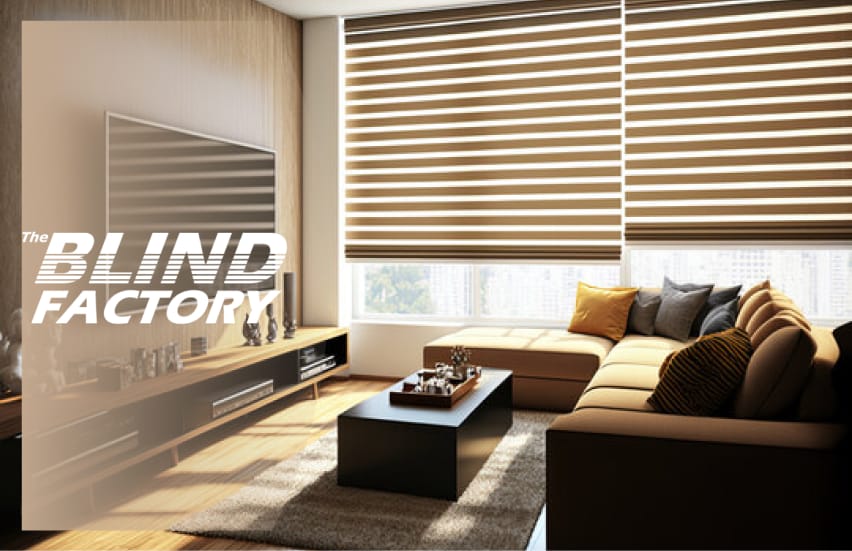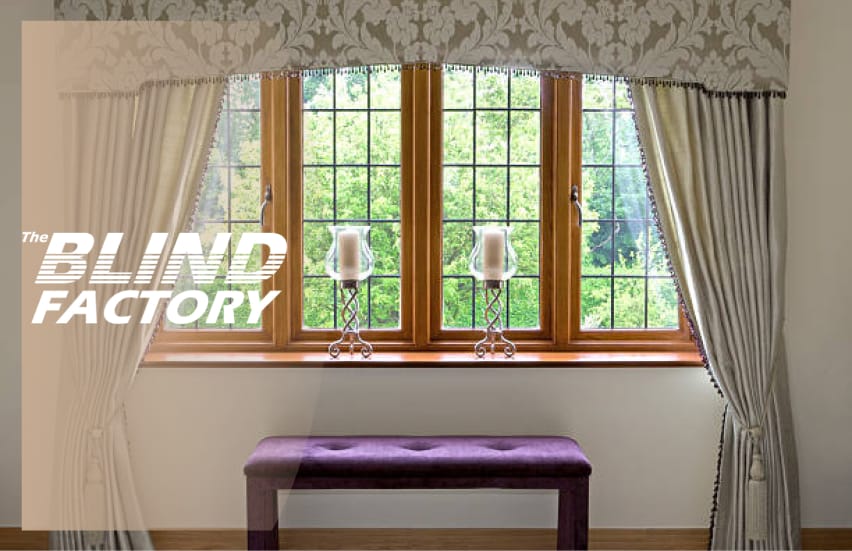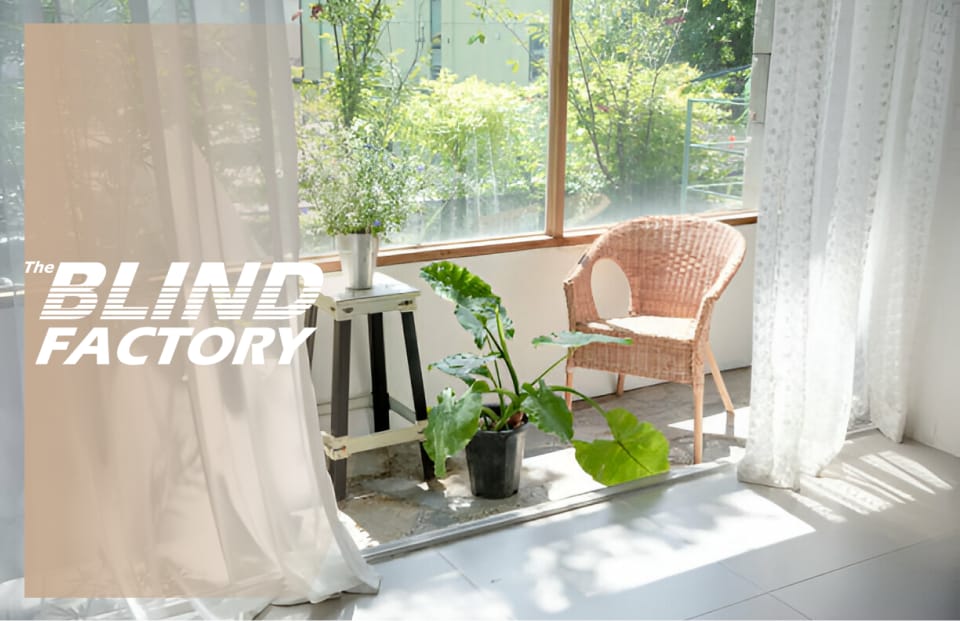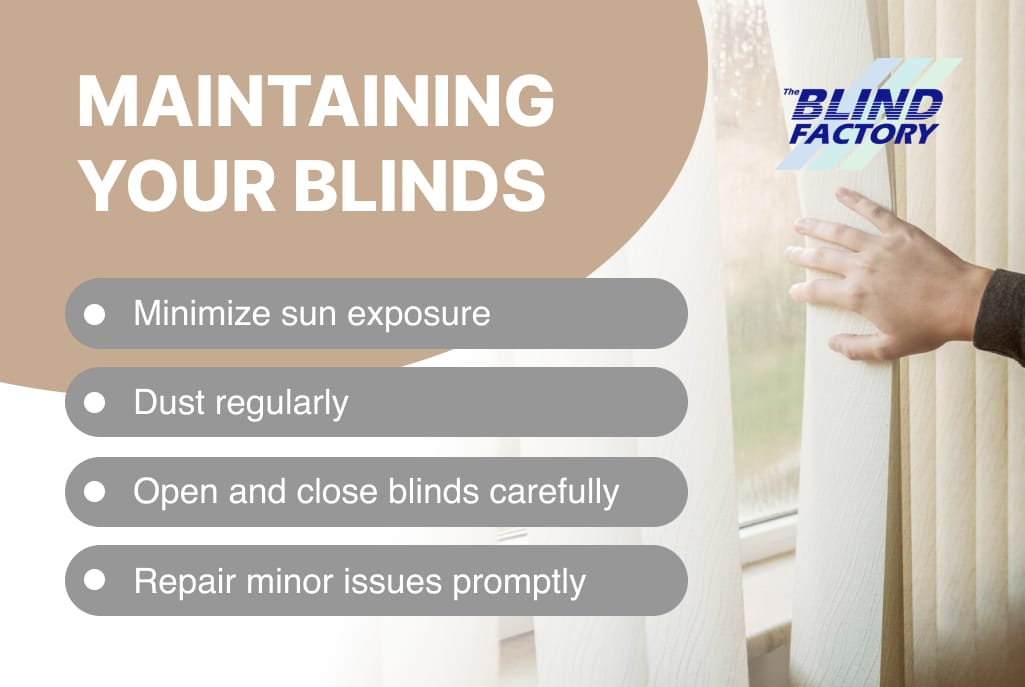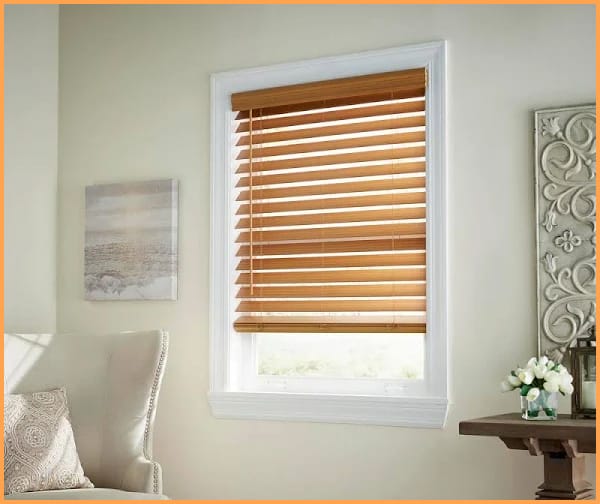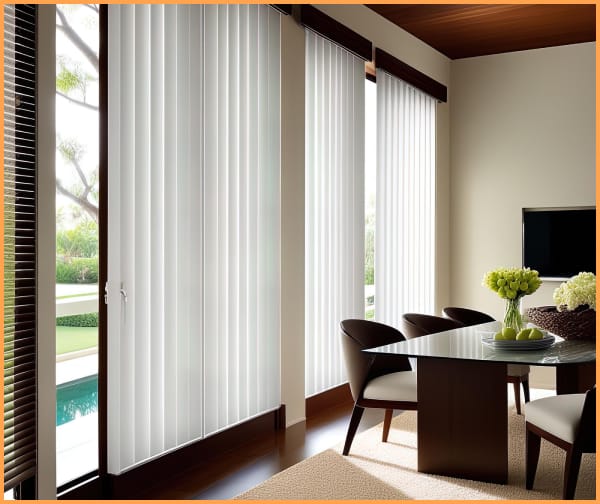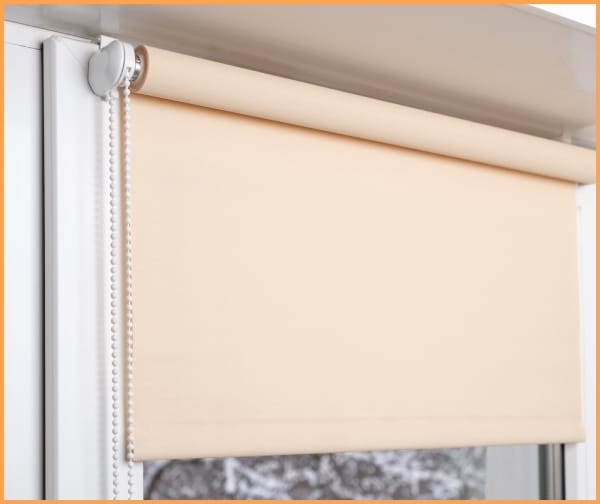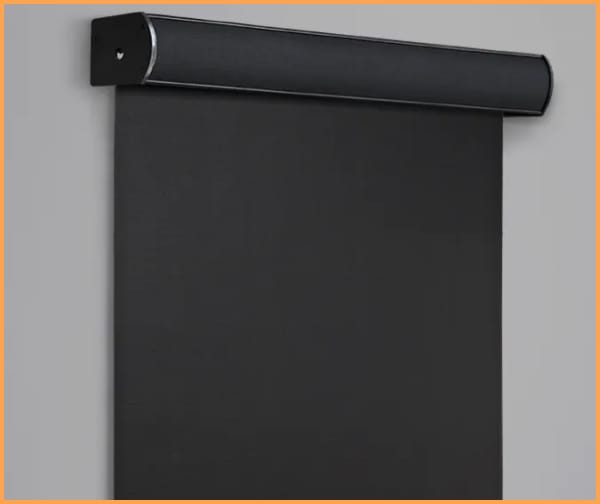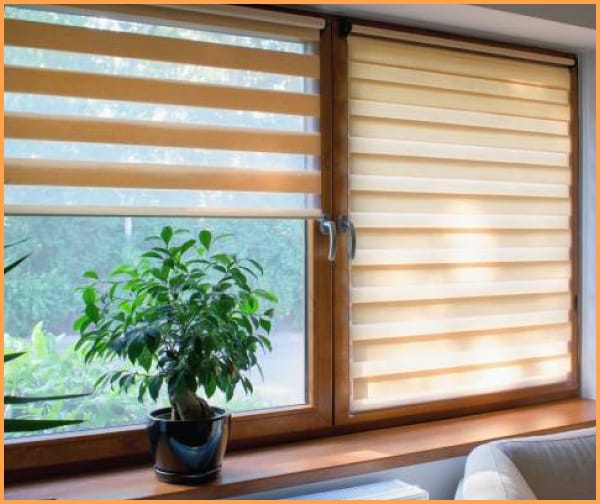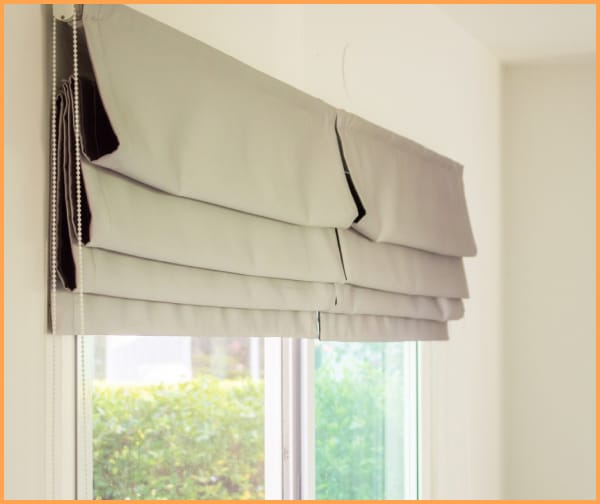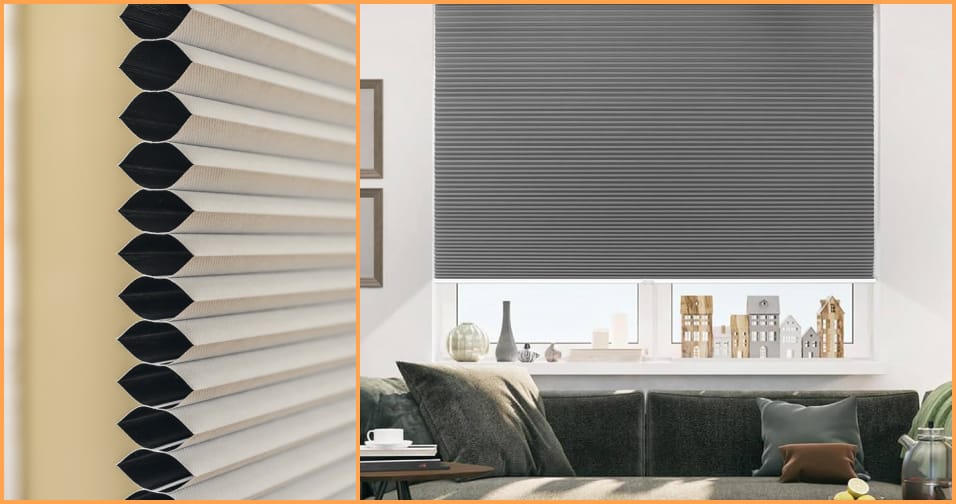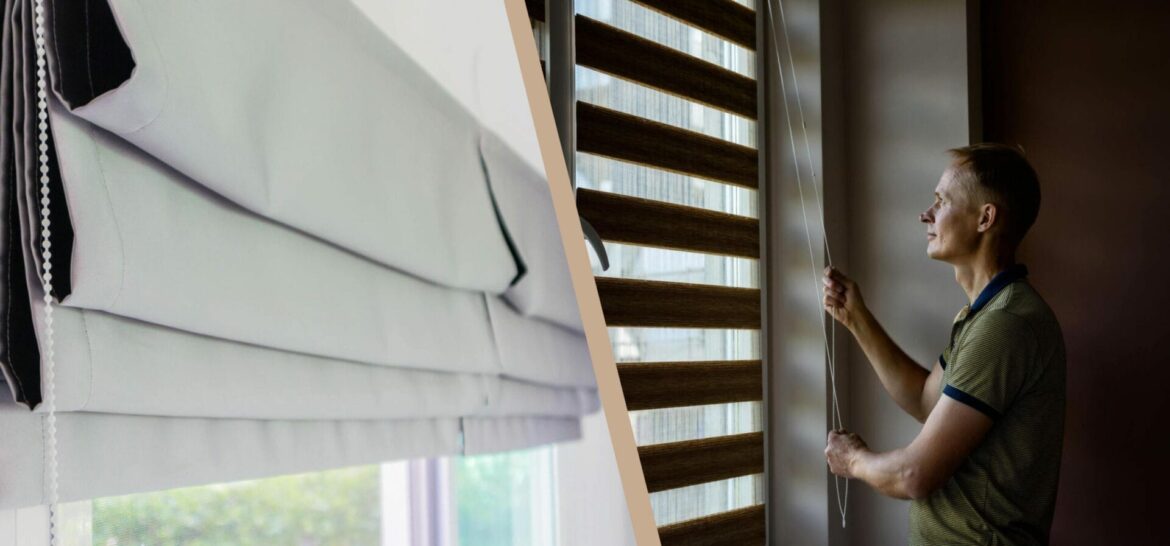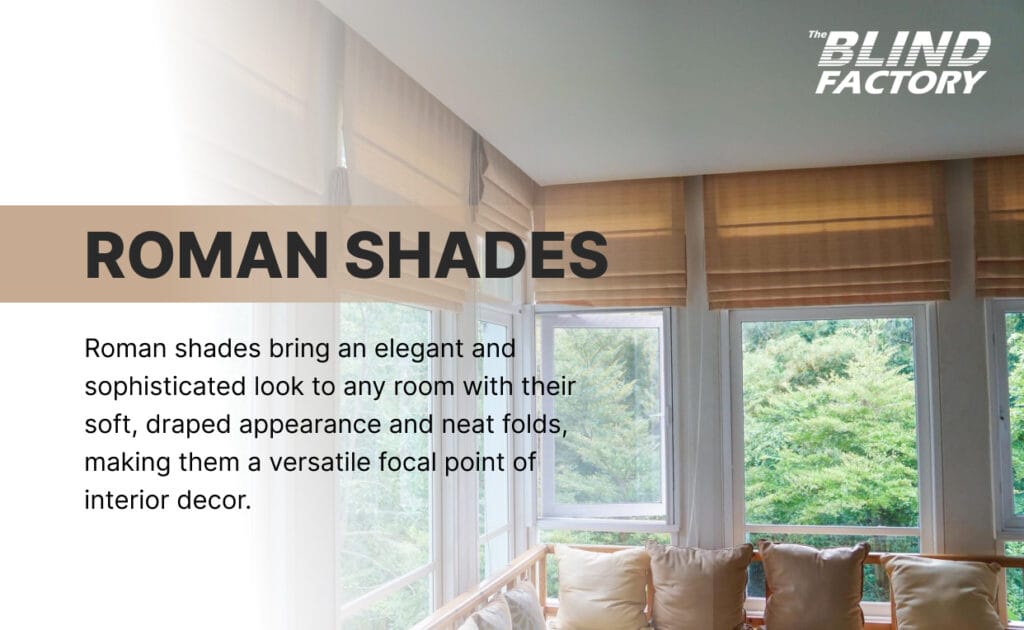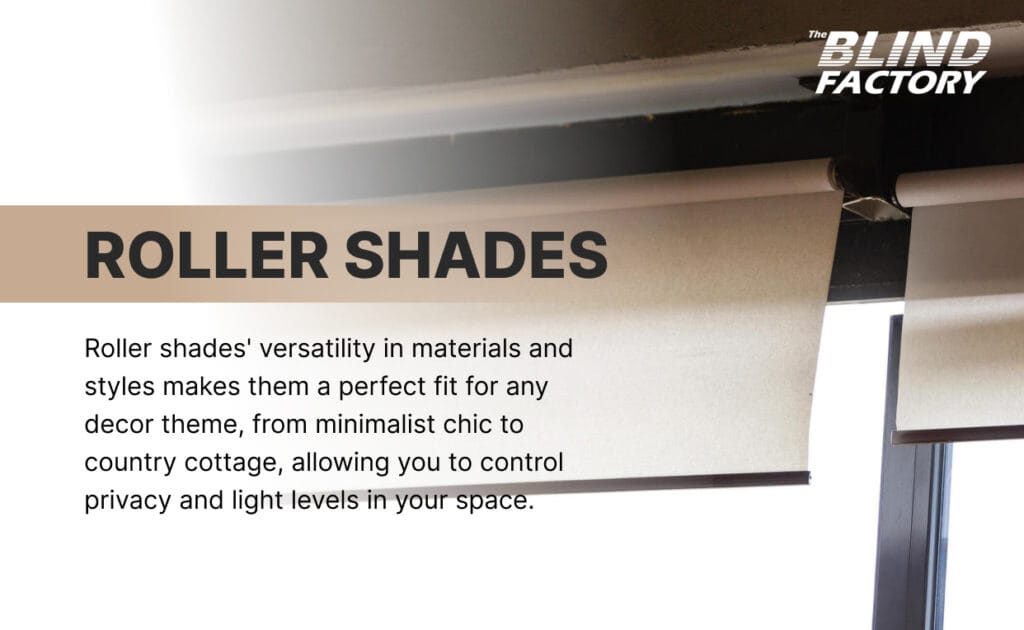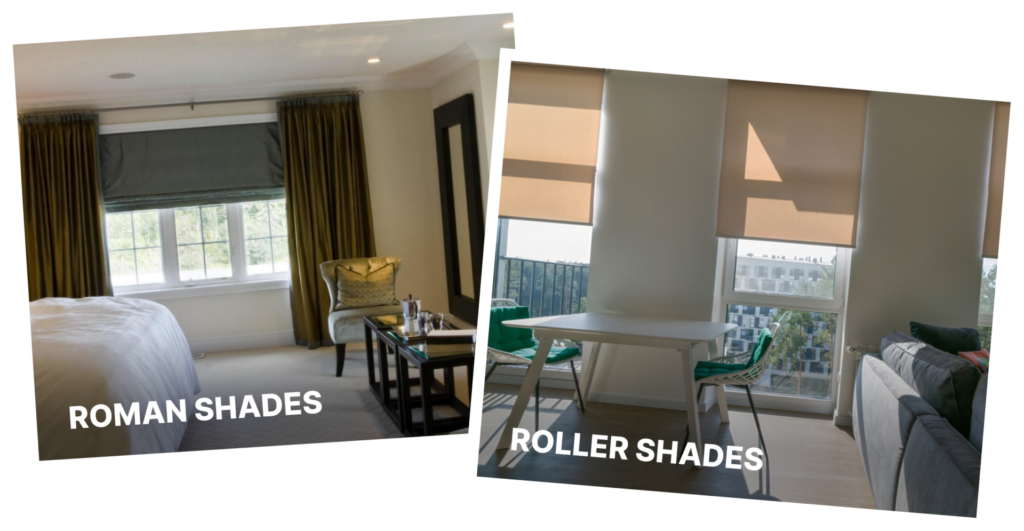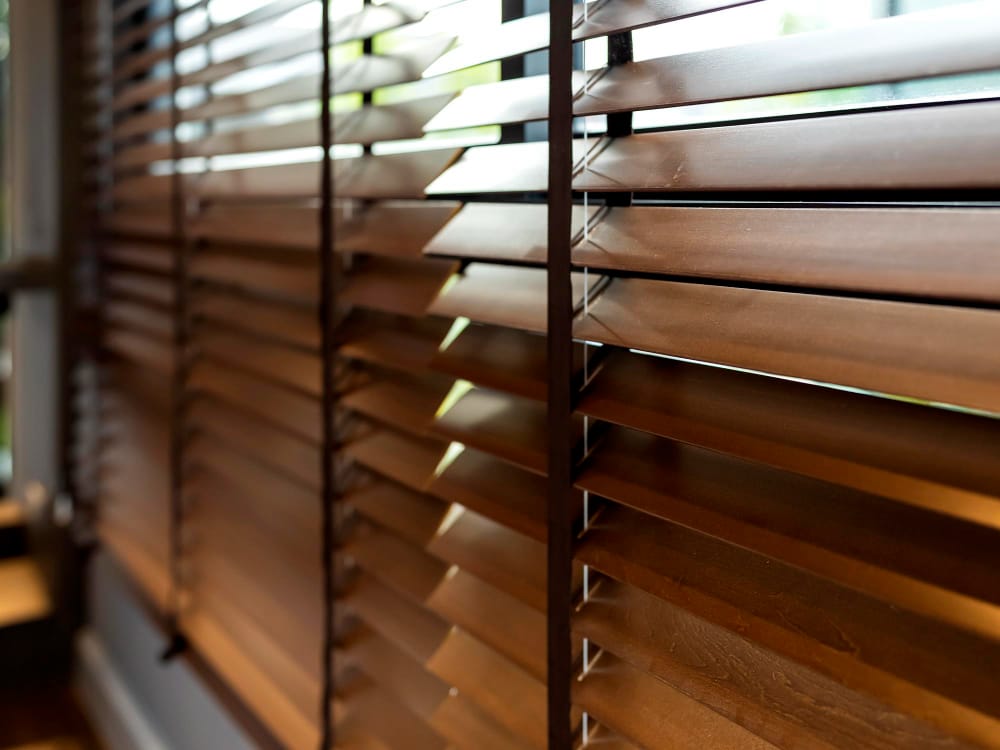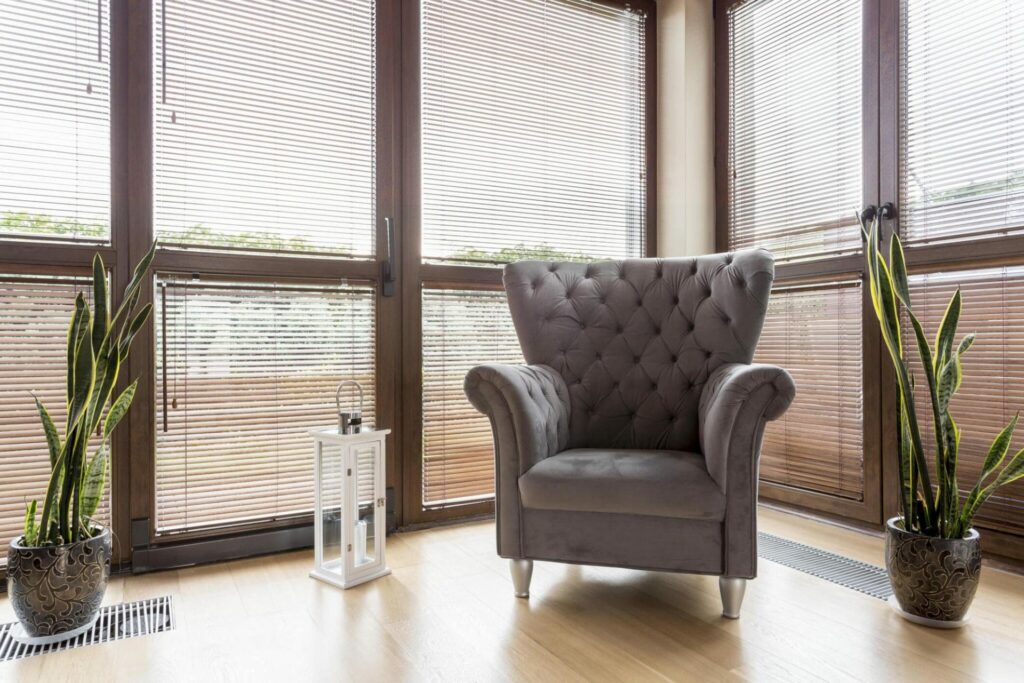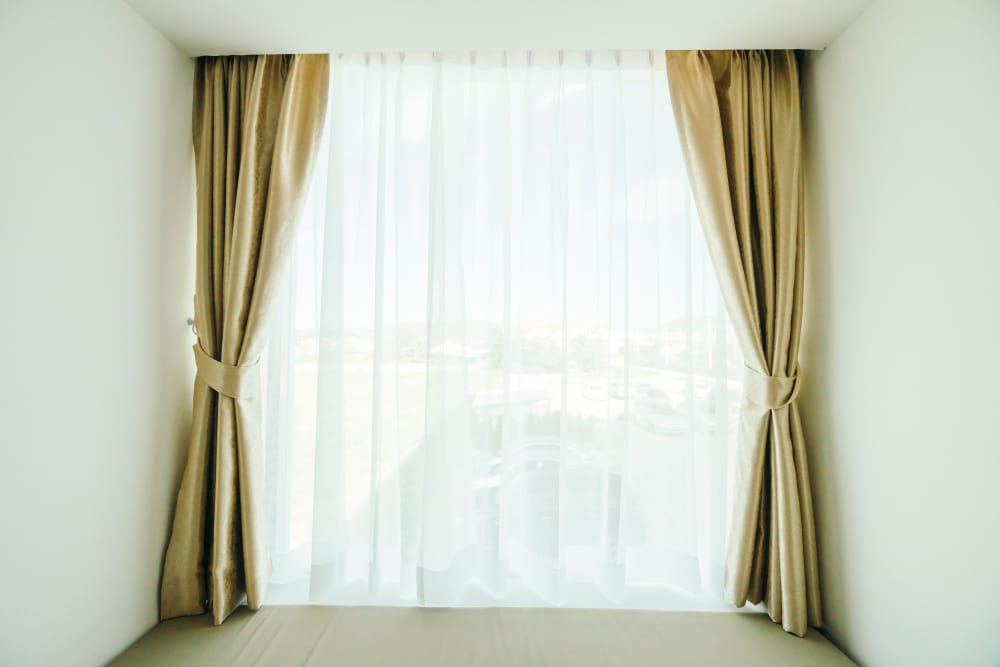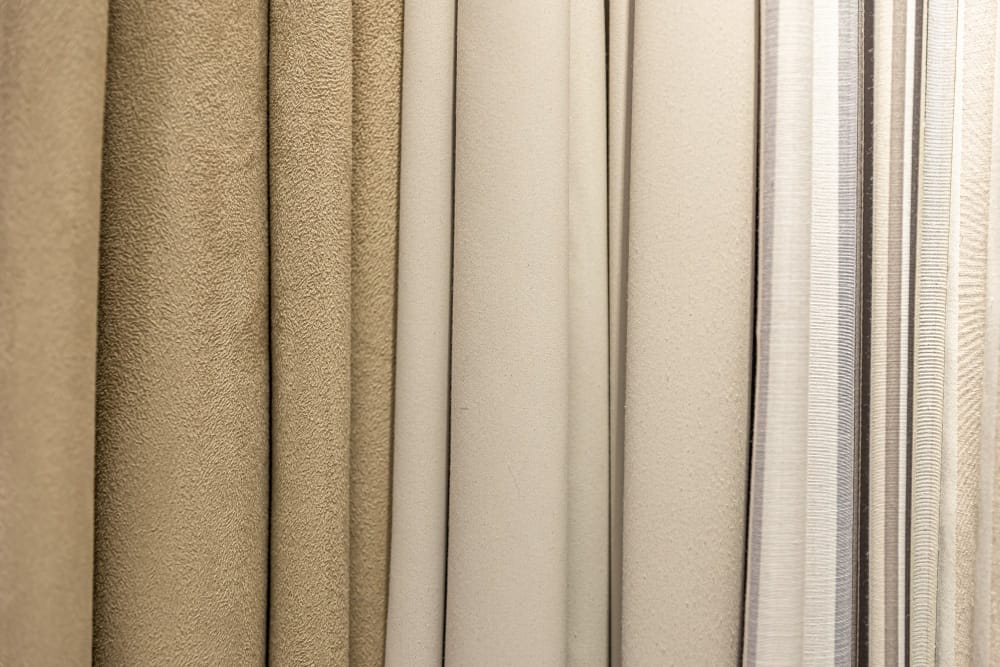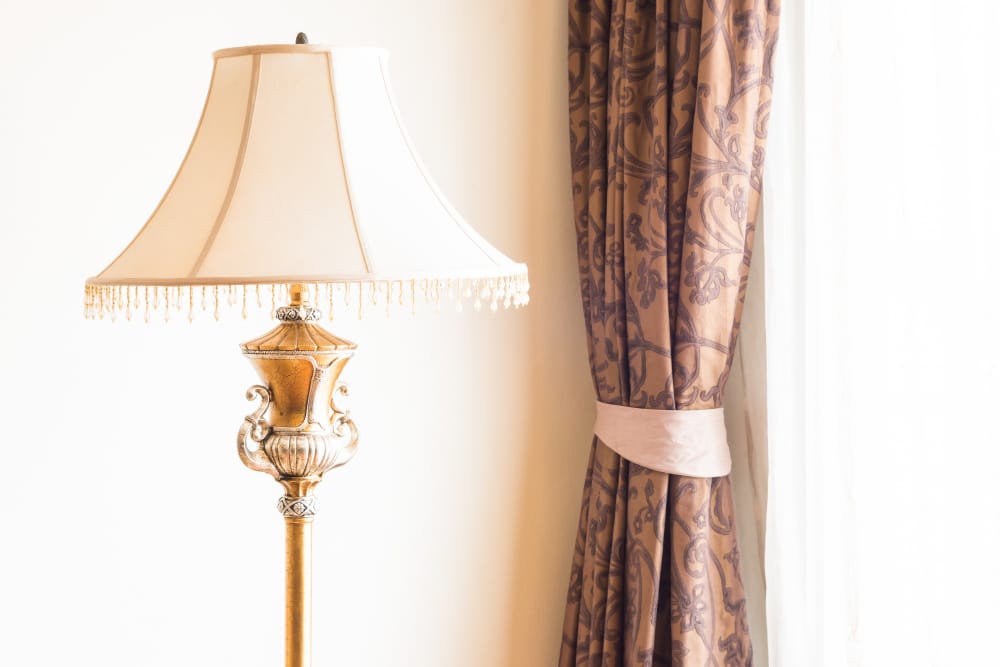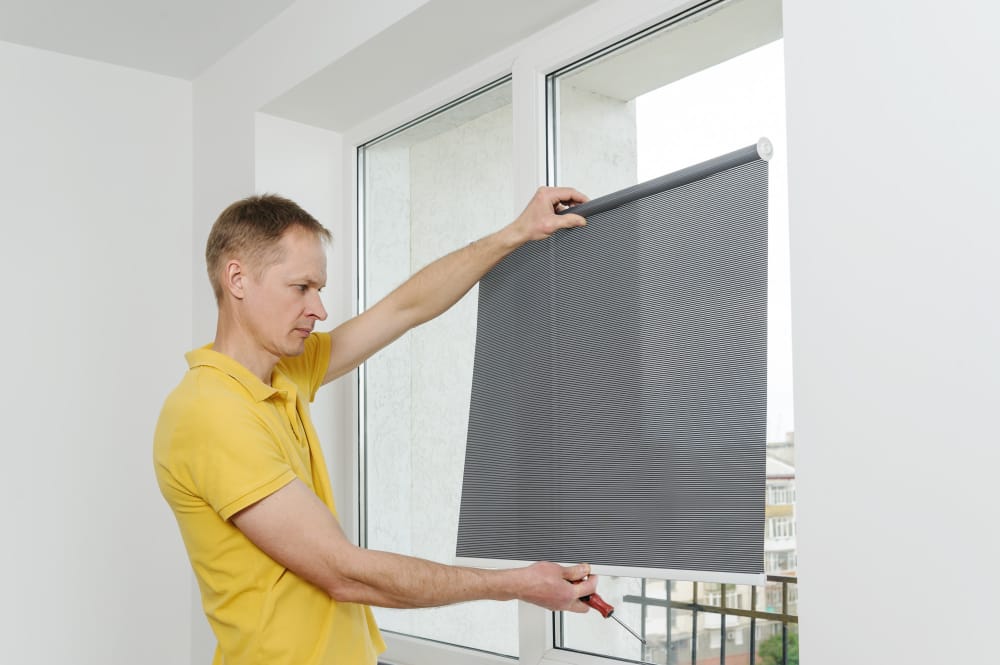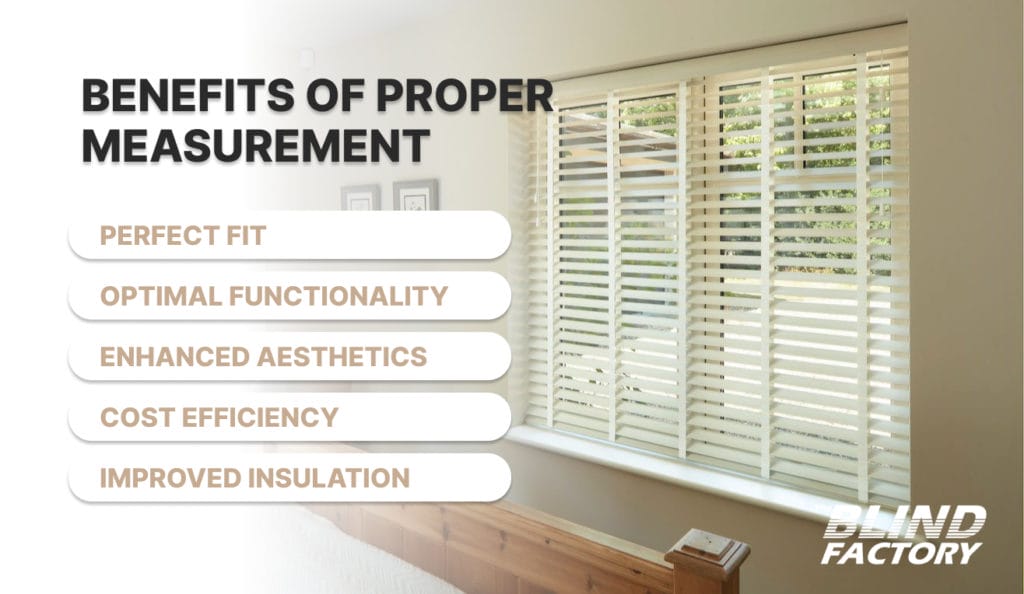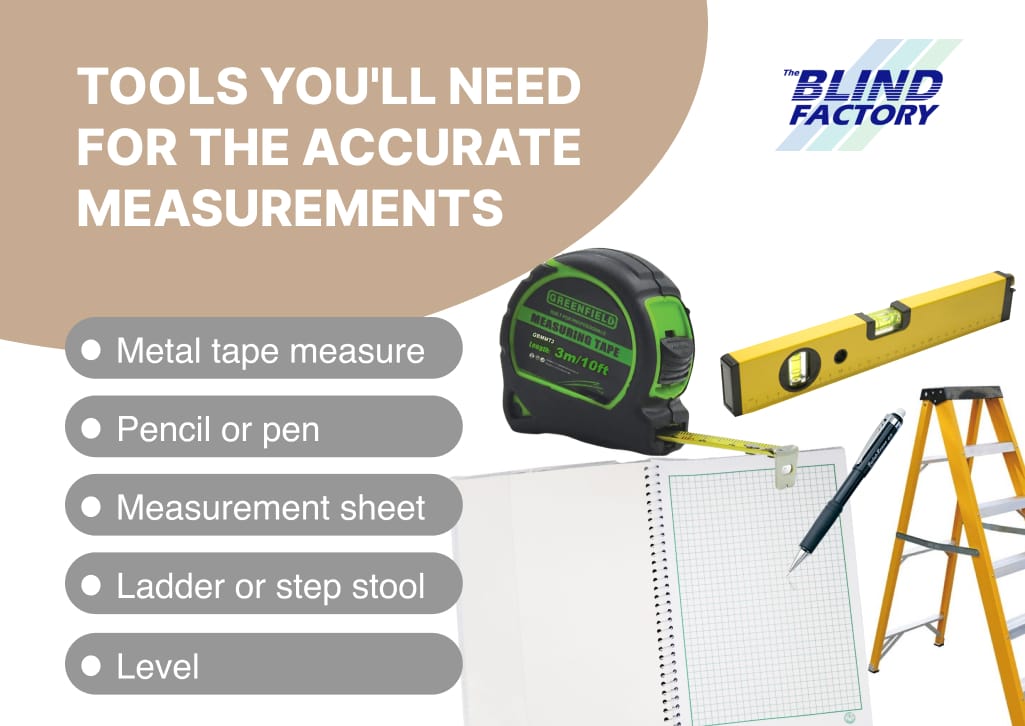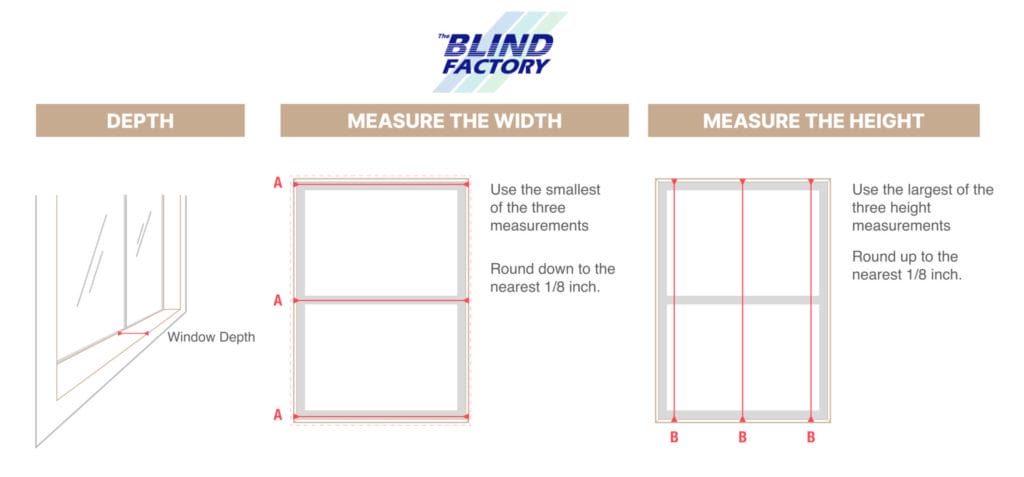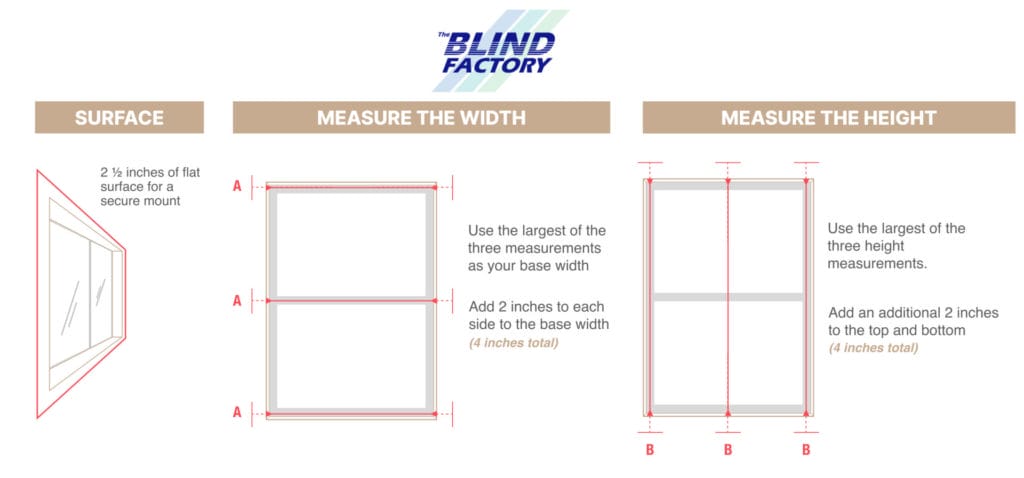How Sheer Shades Can Transform Your Home
Sheer shades can turn your home into a haven of light and style. These beautiful window treatments combine function and fashion to control light and privacy in your living spaces. With their design, sheer shades give a soft, diffused light that can work in any room and create a calm and welcoming space.
But sheer shades do more than look good. They have practical benefits like energy efficiency and UV protection, so they’re a smart choice for the modern homeowner. Imagine your living room bathed in gentle, filtered sunlight, your furniture protected from fading, and your energy bills lower because of better insulation.
Want to see how sheer shades can do all that? Read on to find out how these fabulous window treatments are an investment in style and substance.
What Makes Sheer Shades So Special?
Sheer shades are a sophisticated window treatment that blends the practicality of blinds with the softness of fabric shades. Designed to balance light control, privacy, and aesthetic appeal, they are a favored choice for many modern homes.
Sheer shades consist of two layers of sheer fabric with horizontal fabric vanes suspended between them. These vanes can be tilted to regulate the light entering the room and to adjust privacy levels. This unique construction allows for an uninterrupted view when the vanes are open and complete privacy when they are closed.
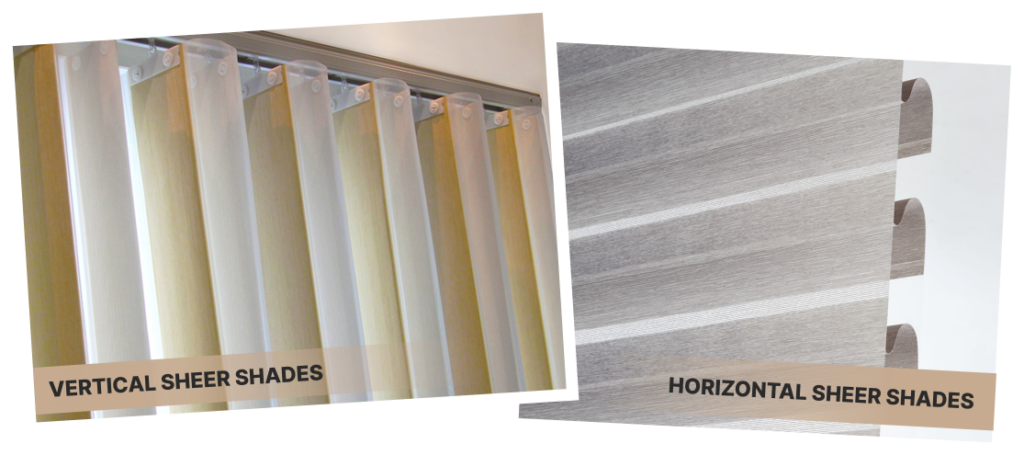
Material and Design
Sheer shades are typically made from high-quality, lightweight, durable, and easy-to-clean fabrics. The sheer fabric allows natural light to filter through while diffusing it to create a soft, ambient glow. The design of sheer shades is sleek and elegant, making them suitable for any room in the house. They come in various colors, patterns, and textures, allowing homeowners to select a style that complements their interior décor.
Types of Sheer Shades
- Horizontal Sheer Shades: These have vanes that run horizontally between two layers of sheer fabric. They are ideal for standard windows and provide a classic, elegant look. The horizontal vanes can be tilted to precisely control the amount of light entering the room. When the vanes are closed, they offer complete privacy while still allowing light to filter through the sheer fabric. These shades are versatile and suitable for various room styles and window sizes.
- Vertical Sheer Shades: These feature vertical vanes suspended between layers of sheer fabric. They are perfect for larger windows and sliding glass doors. Vertical vanes can be adjusted to control the light and provide a clear view or complete privacy. Just like horizontal shades, vertical sheer shades offer excellent privacy options. They are easy to operate and ideal for covering expansive windows and doors.
How They Differ from Other Window Treatments
Unlike traditional blinds, which are made of hard materials like wood or metal, sheer shades offer a softer, more elegant appearance. They provide superior light diffusion and a more seamless view of the outside. While curtains can offer light control and privacy, they do not provide the same level of adjustability as sheer shades. Sheer shades allow for precise control over the amount of light and privacy, making them more versatile. Roller shades are typically made of a single piece of fabric that rolls up and down. In contrast, sheer shades have adjustable vanes that provide more flexibility in controlling light and privacy.
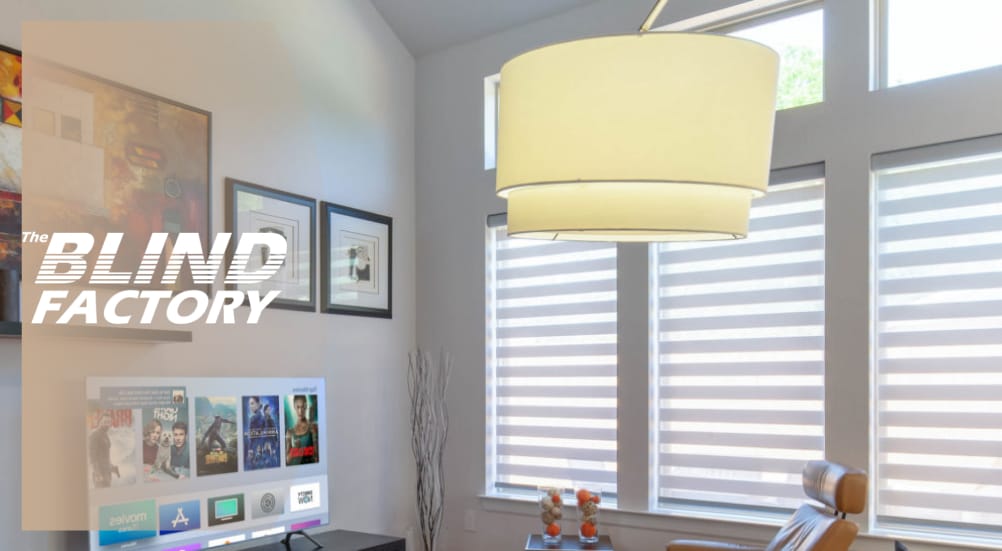
Picking Out Sheer Shades Perfect for Your Home
Selecting the perfect sheer shades for your home involves considering several factors to make sure they meet your functional needs and aesthetic preferences.
Consider Your Room’s Purpose
Different rooms in your home require different amounts of light, privacy, and ambiance. Understanding each space’s needs will help you choose the right sheer shades.
- Living Room: You want to create a welcoming and bright environment in the living room. Sheer shades are ideal here as they allow ample natural light to filter through while maintaining privacy. Go for shades that complement your décor and provide a soft, diffused light that enhances the room’s ambiance.
- Bedroom: For the bedroom, privacy and light control are good. Sheer shades can provide a serene and cozy atmosphere, perfect for relaxation. Consider shades that offer additional opacity or have a room-darkening feature to ensure a restful night’s sleep.
- Kitchen: Sheer shades can add a touch of elegance while allowing natural light to brighten the space. Since kitchens can get messy, choose shades made from easy-to-clean materials. Shades that allow for good ventilation and light control without compromising on style are ideal.
Measuring and Installation Tips
Accurate measurements and proper installation ensure your sheer shades fit perfectly and function optimally.
- Accurate Measurements for a Perfect Fit: Measure your windows precisely before purchasing sheer shades. This includes the width, height, and depth of the window frame. Accurate measurements will make sure your shades fit perfectly and provide the best functionality for your window space.
- Professional vs. DIY Installation: Decide whether you want to install the shades yourself or hire a professional. With the right tools and instructions, DIY installation can be cost-effective and straightforward. However, professional installation is better for a perfect fit and proper operation, which can be especially beneficial for larger or more complex window treatments.
Customization Options
Customization allows you to tailor sheer shades to your specific needs and preferences, enhancing functionality and style.
Motorized options add convenience and modernity to your window treatments. With motorized sheer shades, you can adjust the light and privacy levels with the touch of a button, making them an excellent choice for hard-to-reach windows or for those seeking a high-tech solution.
These beautiful shades also come in various fabrics and colors. When selecting the fabric, consider factors like light diffusion, privacy, and ease of cleaning. Color choices should complement your interior décor. Lighter colors can make a room feel more spacious and airy, while darker shades can add a touch of elegance and sophistication.
Beautify Your Home with Sheer Shades
Sheer shades are a versatile and elegant solution that can truly turn your home into a serene, elegant-looking space, offering the perfect balance of style and functionality.
No matter which room you’re thinking of, or if you’re thinking of adding sheer shades to all of them, they’ll be a nice addition to your home.



